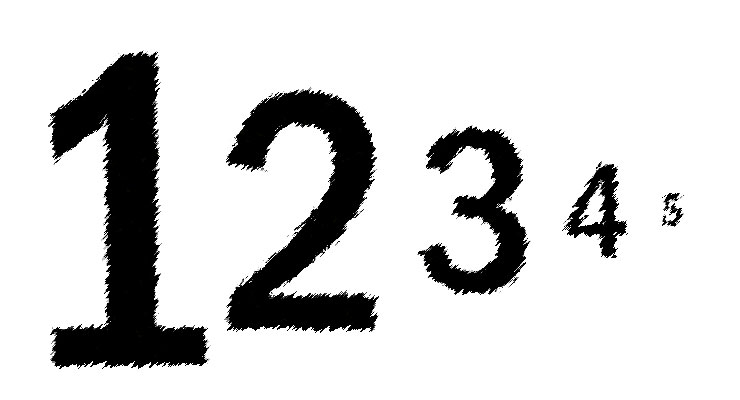
Maine just became the first state to ever use the ranked choice voting system, starting only in 2018. Since then, a flurry of states and localities have been considering a switch to the unique system. A change to ranked voting and away from the universally used plurality voting system is beginning to be seen by many in both parties as a potential gamechanger. There is good news coming on this front from The Fulcrum by Bill Theobald:
Ranked-choice voting will step out onto another prominent stage this year: The people of the nation’s largest city will decide in November whether the innovative and controversial system will be used for primaries and special elections.
The commission charged with updating New York City’s charter, the equivalent of a constitution, voted 13-1 on Wednesday in favor of switching to a multiple-choice approach to municipal balloting.
If the voters agree, it would be the most prominent victory to date for advocates of ranked choice voting. Not only is New York home to 8.6 million people, but it’s also the home of most media organizations driving the national political conversation. So an embrace of ranked-choice voting there could elevate its acceptance even more, and earlier, than its debut in the 2020 Democratic nominating processes in at least six states.
See the full story here. Other states and localities that have recently seen legislation proposed to make the switch to ranked choice voting include Connecticut, Vermont, New Hampshire, Massachusetts, New Jersey, Baltimore, and at least two cities in Utah. Click those links for the latest related Democracy Chronicles coverage!
So what is ranked choice voting? According to Democracy Chronicles’ friends at at the nonpartisan nonprofit FairVote, an organization with its headquarters in Takoma Park, Maryland:
Ranked choice voting (RCV) makes democracy more fair and functional. It works in a variety of contexts. It is a simple change that can have a big impact. With ranked choice voting, voters can rank as many candidates as they want in order of choice. Candidates do best when they attract a strong core of first-choice support while also reaching out for second and even third choices.
When used as an “instant runoff” to elect a single candidate like a mayor or a governor, RCV helps elect a candidate that better reflects the support of a majority of voters. When used as a form of fair representation voting to elect more than one candidate like a city council, state legislature or even Congress, RCV helps to more fairly represent the full spectrum of voters.
Leave a Reply